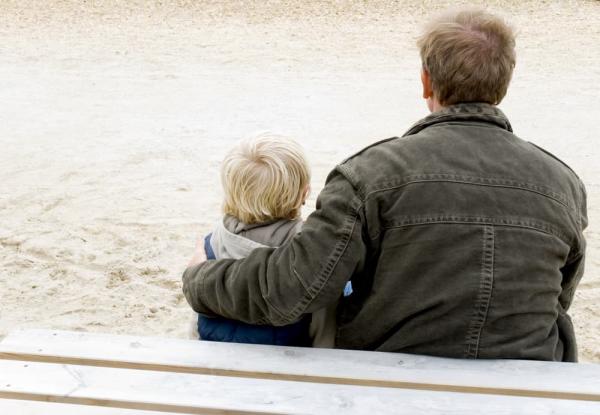
Editor's note: This article was originally published on Kim Blackham's blog. It has been republished here with permission.
It can be difficult to help children learn empathy. It is not something they will pick up on without any guidance - especially in the self-focused society we live in.
The following exercises are not only fun, but also effective in helping children become more empathic.
I Wonder
Go to a public location where you can sit and watch other people coming and going - i.e. airport, mall, park, fair, sporting event, etc.
Find a place to sit that is in an area of moderately heavy traffic. You want it to be busy but not crowded. Then start asking questions.
-
What do you notice about these people?
-
Where do you think they are going?
-
Can you pick out a particular person? Tell me about them? Who are they with? Why are they here?
At this point, you might get a little push back with the child saying, "I don't know." That's OK. Encourage them to imagine who the person they see might be. Acknowledge that of course they don't know for sure, but based on what they see, what story can they imagine.
-
Look at their faces.
-
What do you see?
-
Do they look happy or sad?
-
What kind of food do you think they like?
-
Do you think that little boy plays any sports? What sport do you think he likes best?
With older children, you can begin asking about more specific emotions.
-
Is it really sadness you see, or something else?
-
Could it be that mother is not really angry at her children, she is just overwhelmed?
-
Can you see how hard it is for her to juggle those five children by herself?
-
How might she feel being in public with her kids acting out?
-
Is that child really just happy to be getting an ice cream cone, or is she also eager or excited?
With children, I like to use this sheet of emotions words with faces to help expand them out of "happy" and "sad." It is beneficial to read it with them first and even to demonstrate those emotions on your own face, so they become familiar with them.
One way I assist them to find a point of reference is by asking how they would feel in that situation.
-
That little boy looks like he is with his grandmother. How do you feel when you are with your grandma?
-
Do you think that little boy feels happy like you would feel?
-
When you are with grandma, do you feel loved? Yeah! When we feel loved, we often feel happy, don't we?
You can also play this game with books and movies.
I believe that reading classic literature is an excellent way to increase emotional intelligence - specifically empathy. As we read, we enter the experience of another person and realize it is not that different from our own.
Reading together allows you to stop and discuss the characters and experiences. As you read together, encourage them to relate to the characters:
-
Have you ever felt embarrassed like that?
-
How frightening to be all alone! Can you imagine what that must have been like to be all alone? No one else there to help or support him?
Family movie night
Family movie night is another great time to teach empathy. Keep the remote close by so that you can pause it and take 30 seconds (or three minutes) to discuss what they see in the characters. While you will probably get some moans and groans at pausing the movie, this experience allows for them to see visually and emotionally experience another person's reality. Again, ask how the character would think or feel in a given situation. Ask if the child can relate to what that would be like. You can even begin to speculate how that person may respond and act based on those feelings.
Learning empathy is a lifelong process accomplished through the accumulation of moments; where we look into another's heart and willingly feel what they would feel. Children who are taught these things from a young age have higher emotional intelligence (EQ) and a significant advantage in the world.

